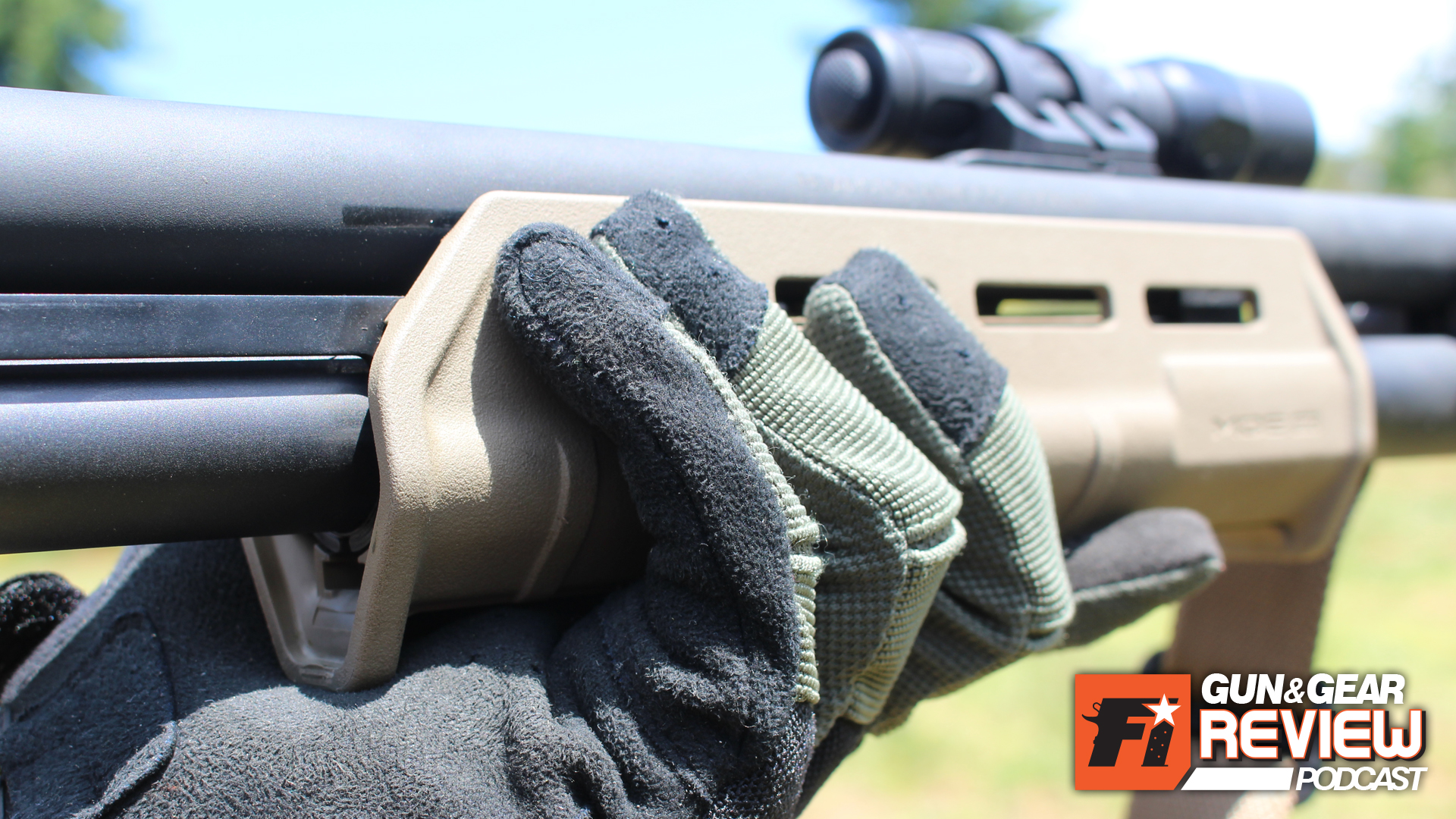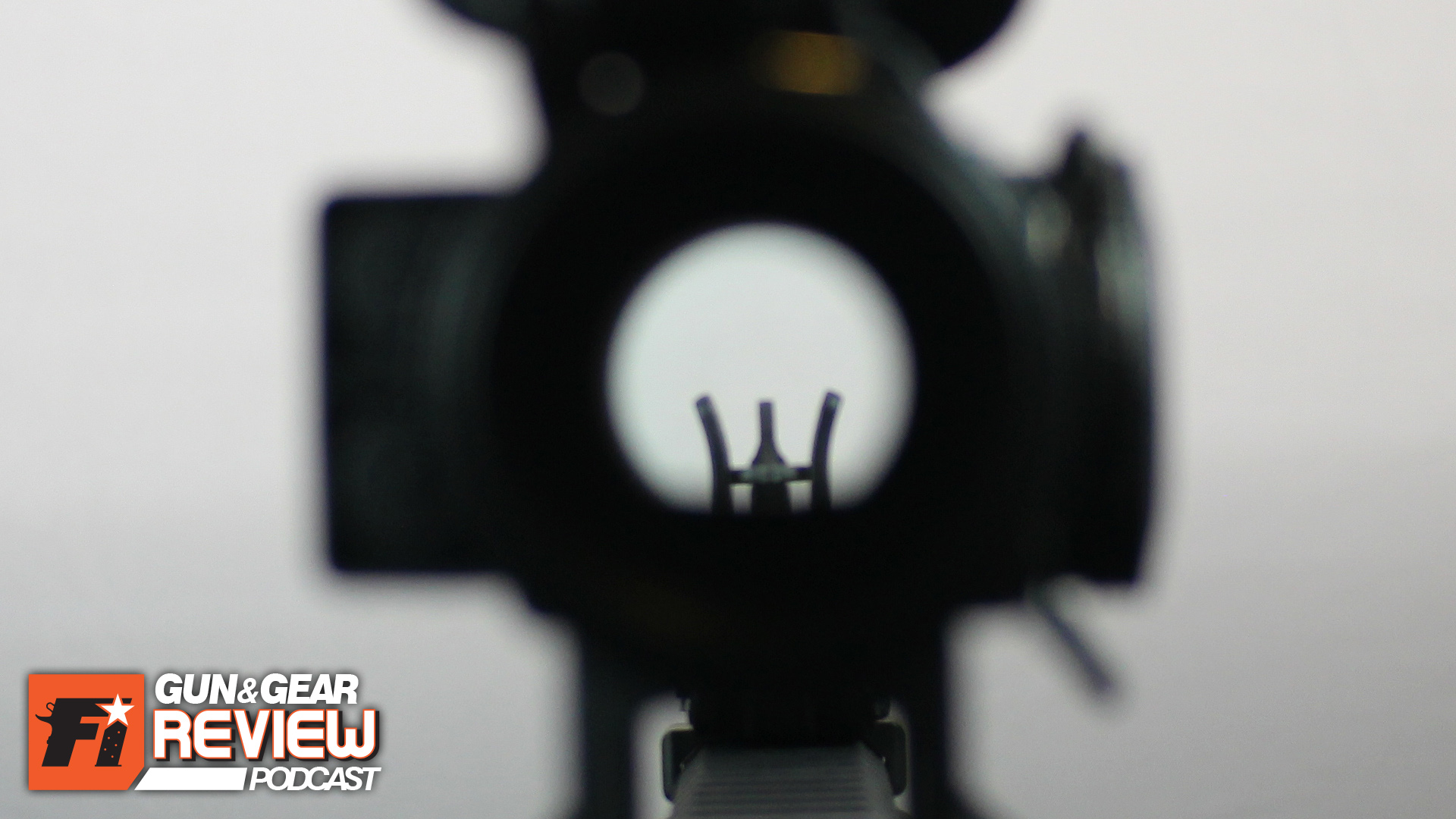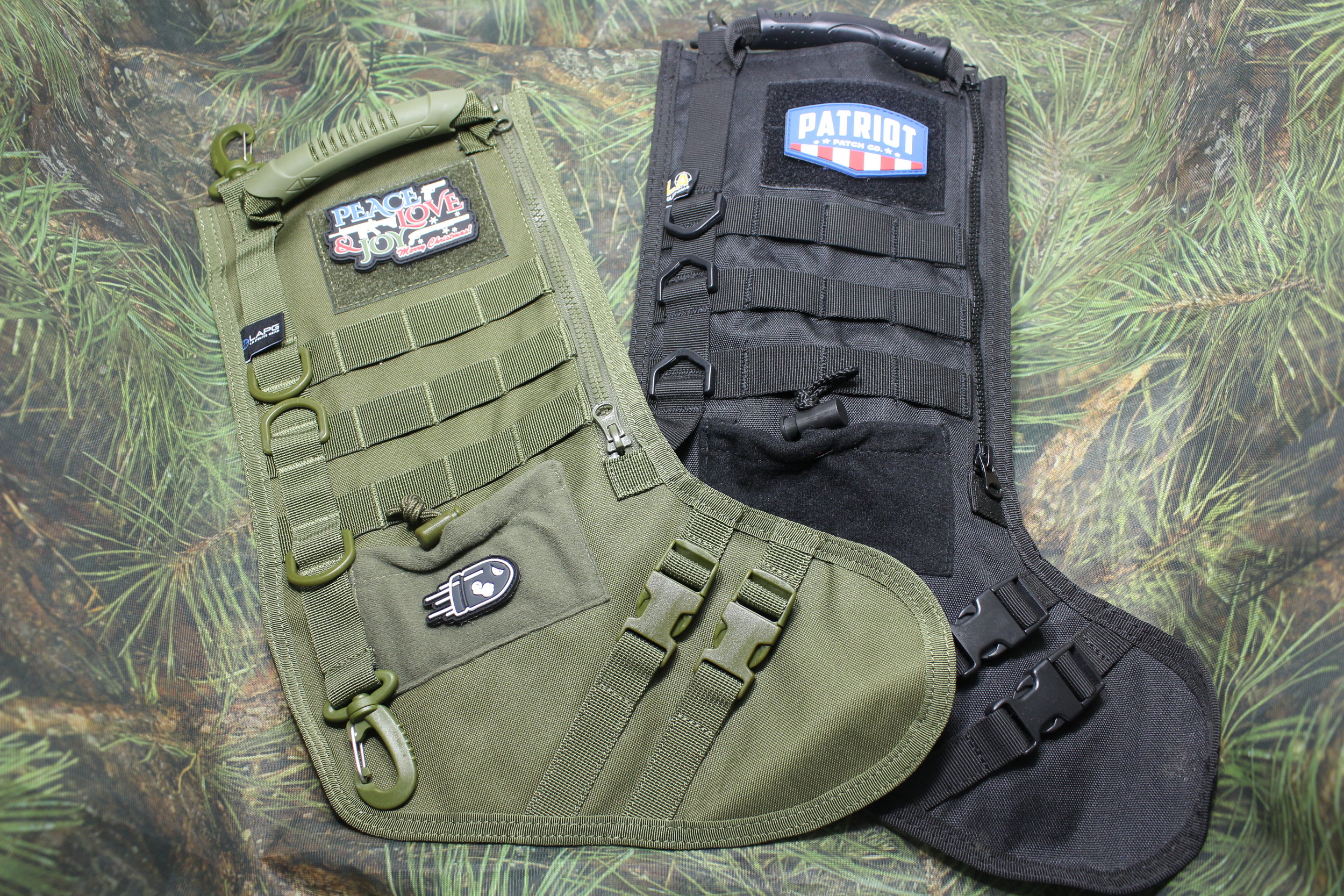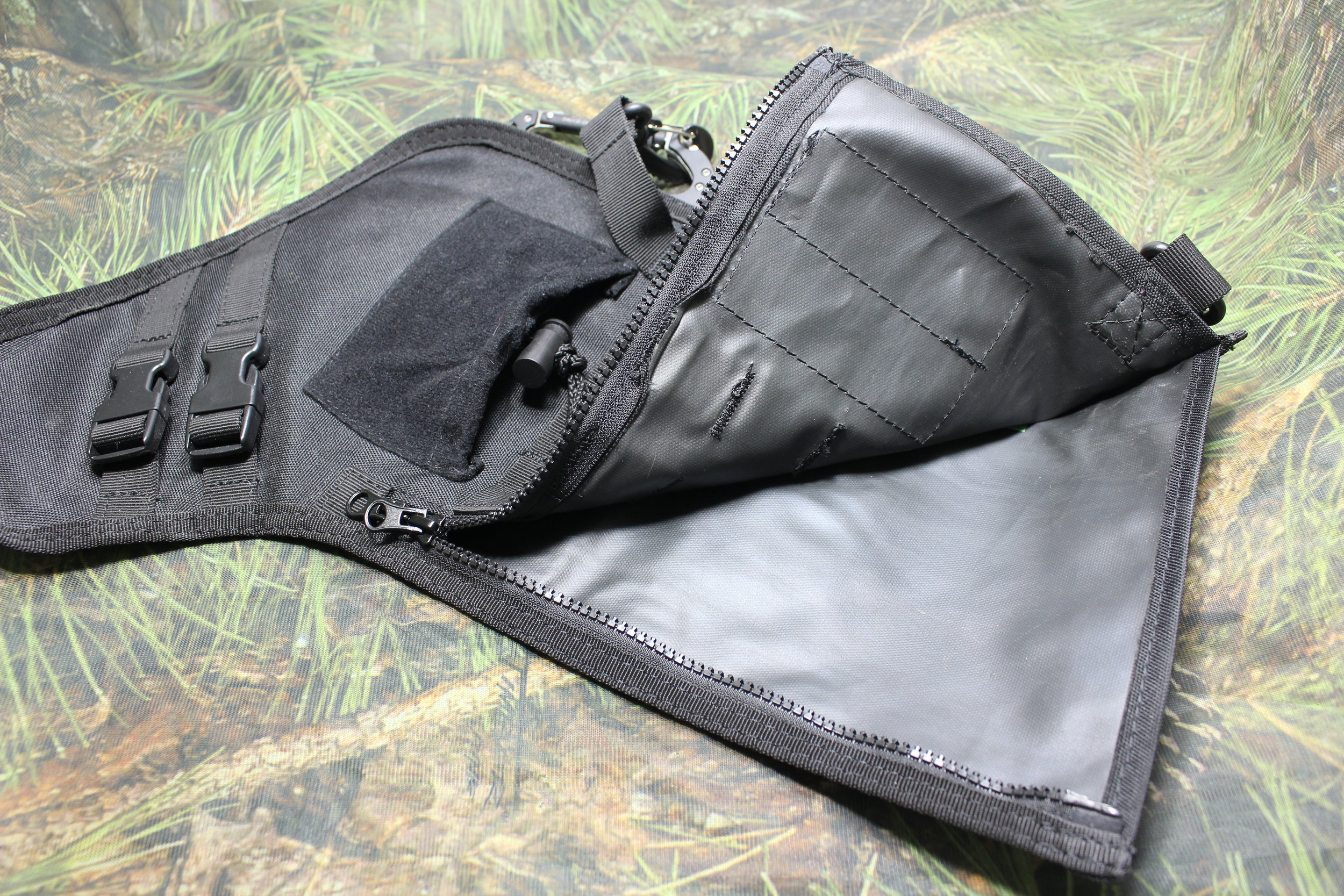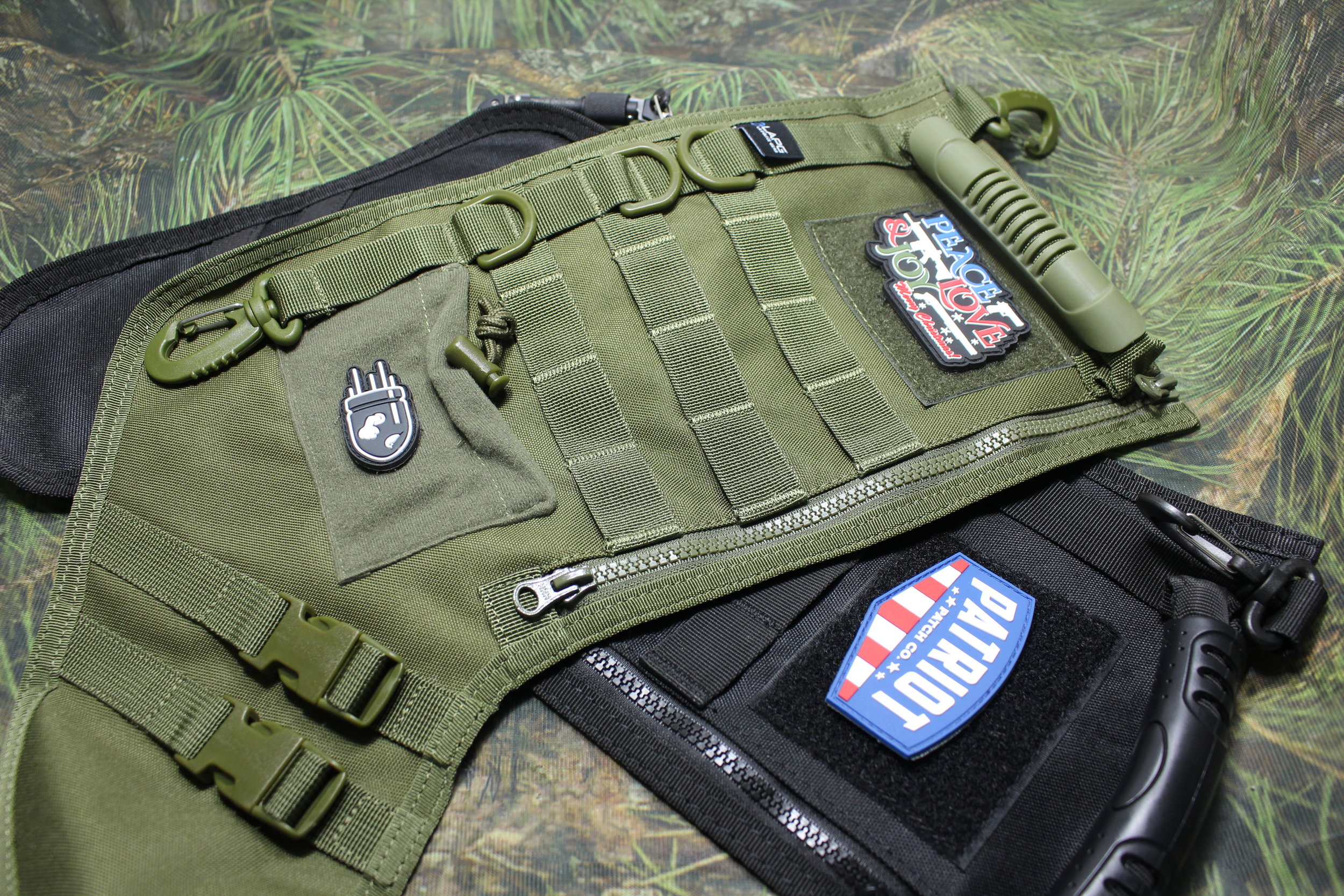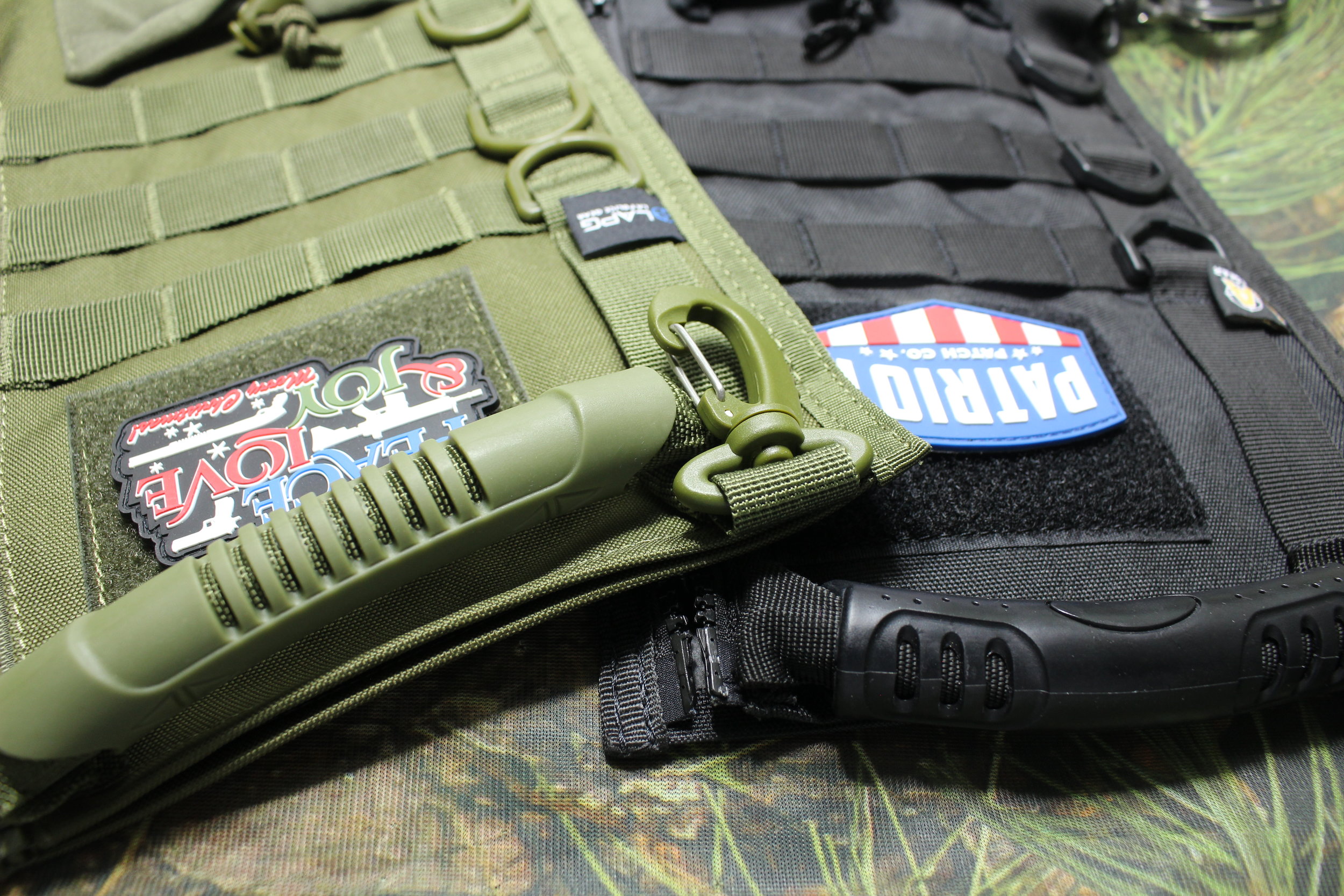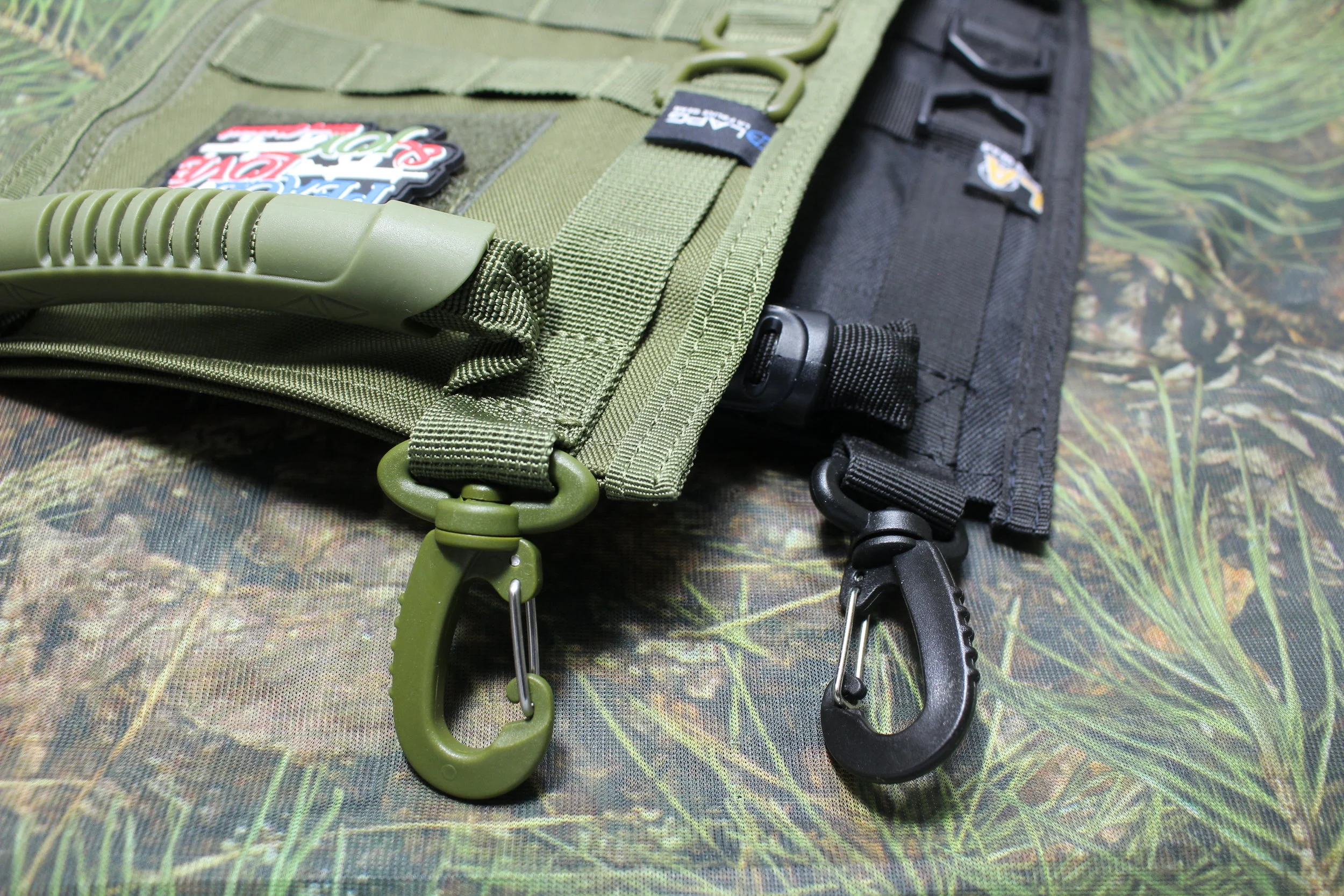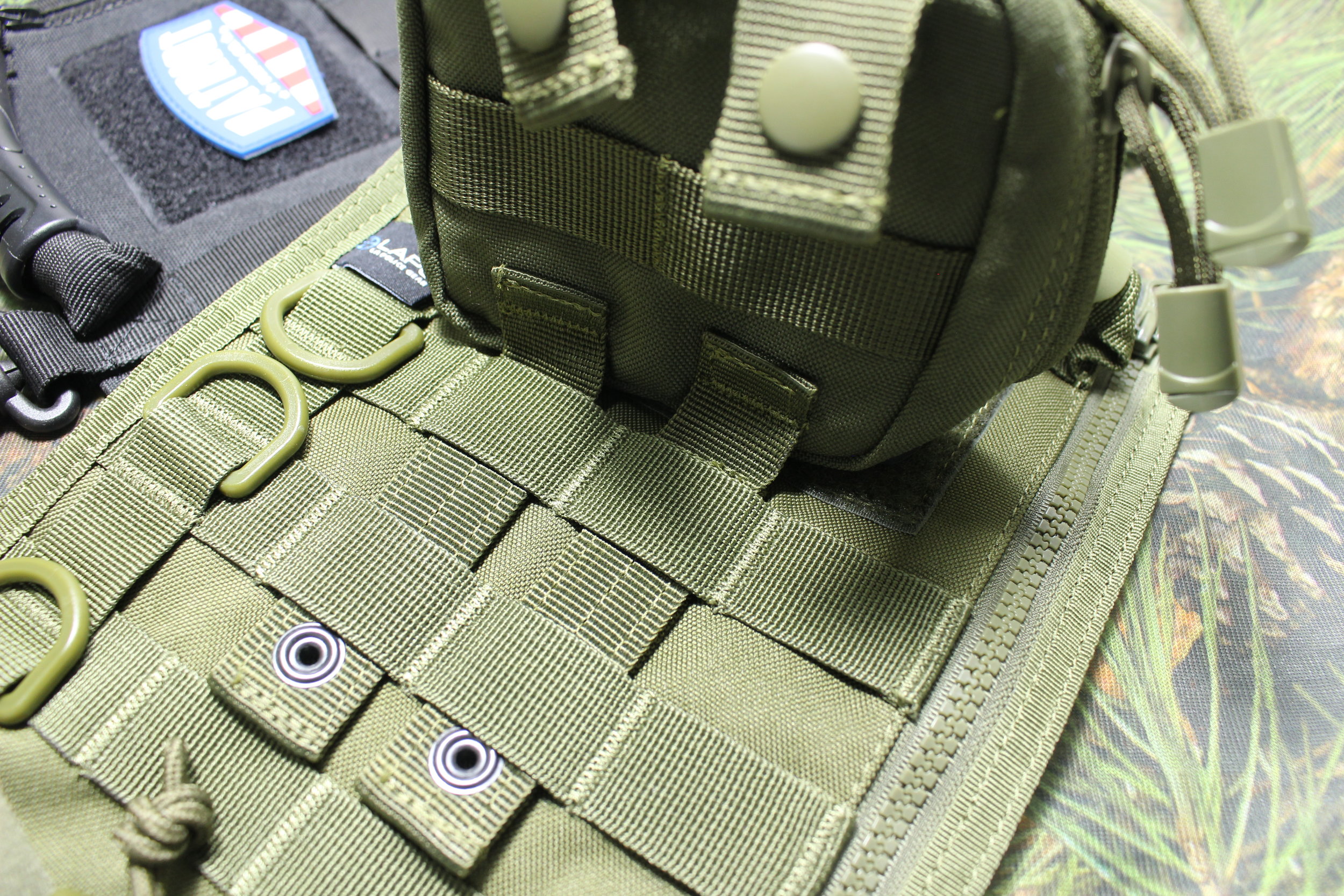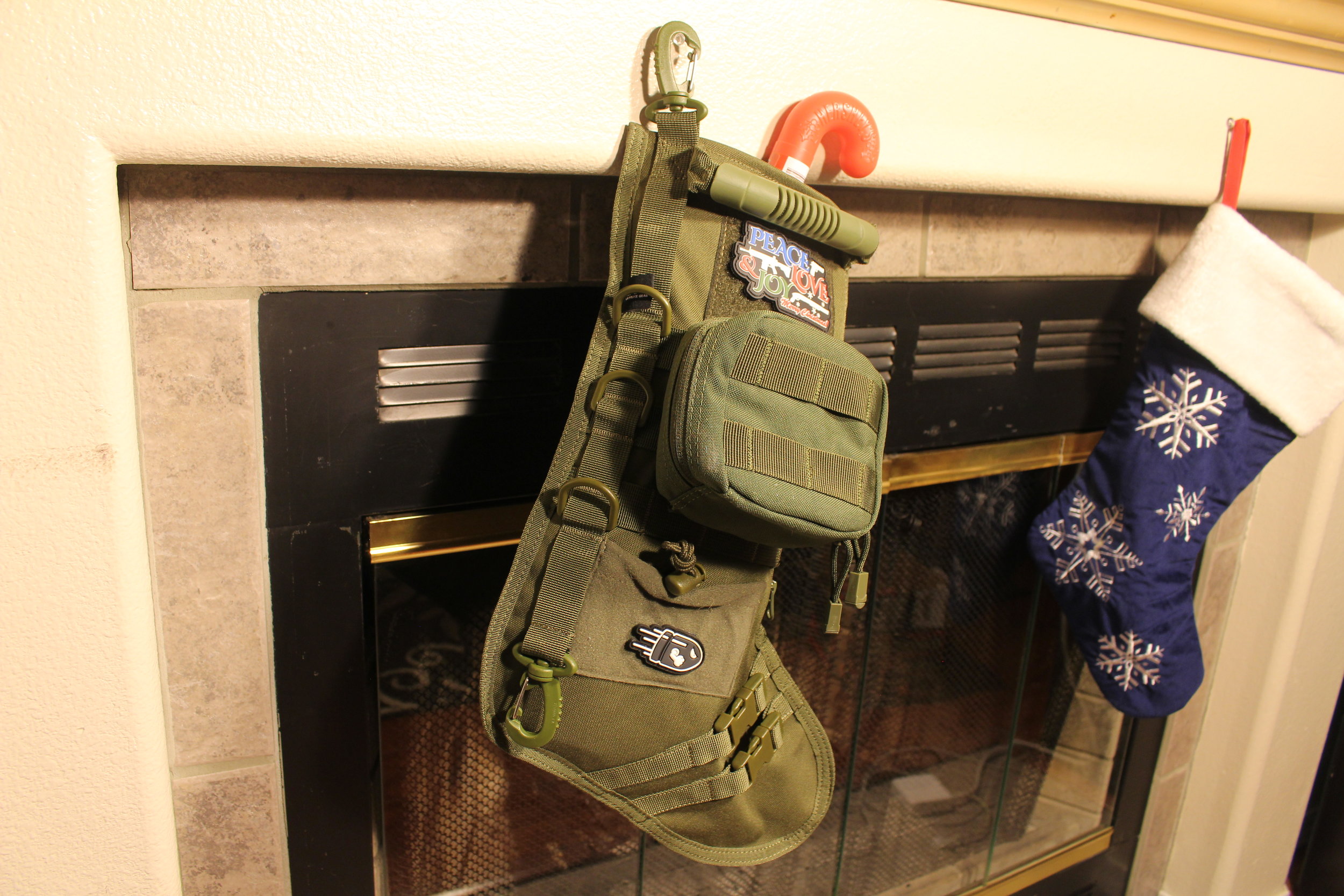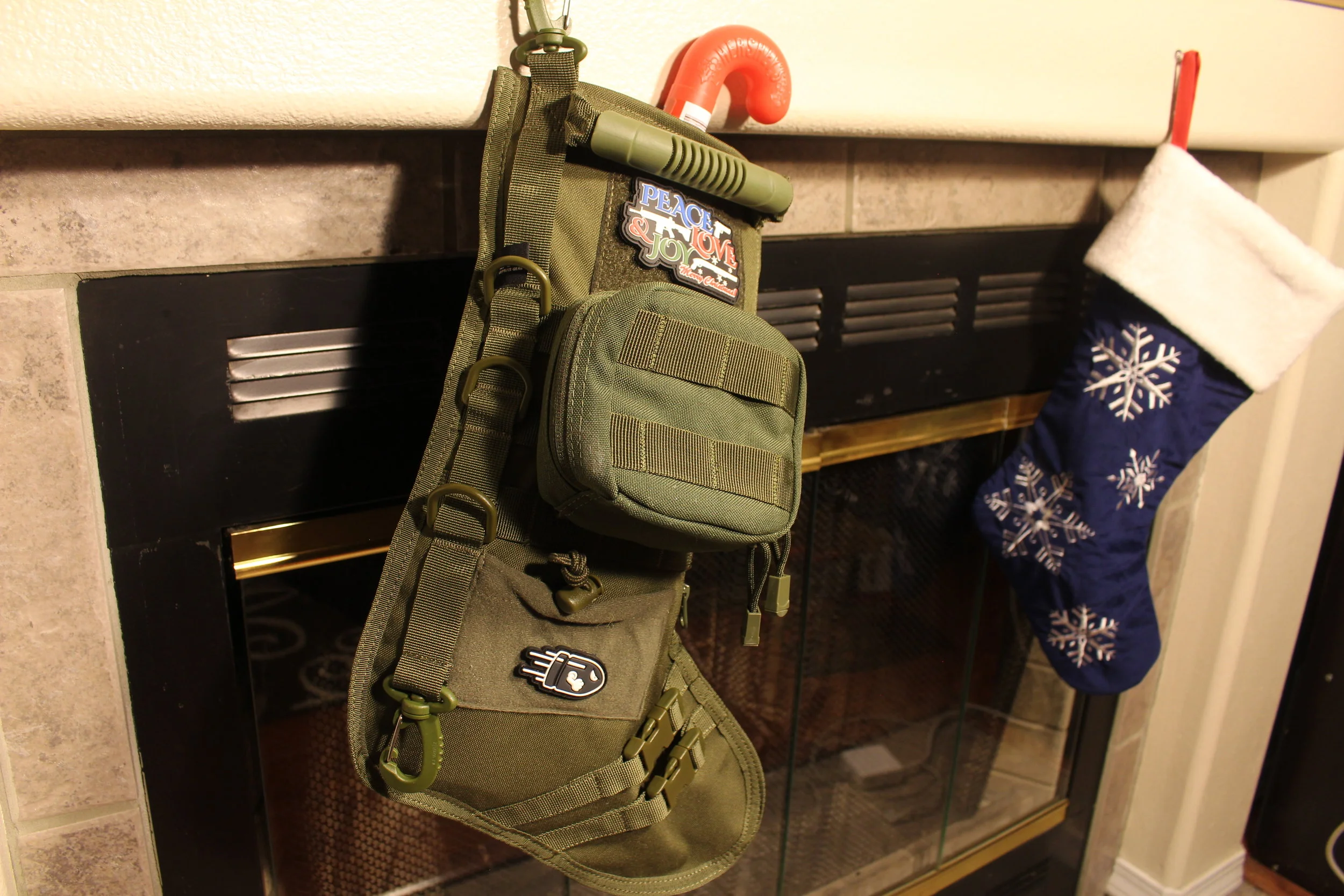In addition to eye and ear protection, hand protection is a good idea that many shooters overlook. Shooting gloves are considered more of an optional layer of protection, because their construction can be stifling to the user's dexterity and sensitivity... two things an effective marksman requires. Gun owners who train more aggressive with their firearms know the necessity of a good pair of gloves. Racking slides, ripping magazines from pouches, and gripping hot surfaces will make short work of bare skin.
Although gloves help prevent cuts, scrapes and other hand injuries, they suffer from an inherent paradox. The more robust and protective they are, the less dexterity the afford the user. Don't believe me? Try pulling a trigger with some welding gloves on! What good is protective equipment if it slows you down? When it comes to a 'tactical' shooting glove design, the challenge is balancing protection with flexibility. This is exactly what SKD tactical set out to accomplish with the Pig Full Dexterity Tactical Alpha Gloves.
The Pig FDT Alpha Glove uses several distinct features that give the user comfort and flexibility at the right anatomical places. They focus attention at the points most utilized by pistol/rifle/shotgun shooters: the index finger pad, the other fingers, and the palms. Starting at the trigger fingers, a thin material called Clarino™ is used to increase sensitivity greatly, which obviously aids in applying and releasing trigger pressure.
Not only that, but a synthetic suede is used to make the index finger and thumb conductive for the use touch screens. This is a huge benefit for those who take photos with their smart devices, or use apps for ballistic calculation, recording range data, or just texting your mom. Normally with other gloves, you'd have to shed the glove to do any of that. #instragram #pewpew
As for the rest of the fingers, flexibility at the joints is crucial for a good grip, as well as manipulating fire controls, as well as working the action and reloading. Attention was given to every joint and knuckle so that flexibility and ventilation was noticeably present on each finger, at the points where you would need them most. This is where most gloves fall short because the construction is more rigid constrictive when you make a fist or try gripping anything.
The tips of the fingers also get a much needed upgrade! Most gloves have seams near the finger tips, which totally kills sensitivity and make minute tasks like picking up small objects or pressing buttons almost impossible. The FDT Alpha design has material wrapping-over the tips of fingers, which is more comfortable and spreads out impact pressure that would otherwise damage fingernails.
Enough about the fingers, because the palm is a critical area that doesn't get enough attention on the drawing board most the time. The FDT uses a single layer made up of multiple pieces. This allows for the freedom of natural creases and contours when gripping or making a fist, while the single layer ensures theres a tangible feel of what you are gripping. Thick gloves for shooting reminds me a lot like Ralphie's overwinterized brother in the Christmas Story...
The back of the gloves are thoughtful designed as well. The knuckles are covered in 1000D Stretch Ballistic Nylon, which help cut down on pressure at the seams when you make a fist and your knucks protrude outward. There is even an area of micro suede that is good for wiping boogers off your mustache. It happens to all of us, especially outdoors in the winter... no judgment, ladies.
The cuff is shortened as well, which makes alot of sense for shooting a variety of guns with different grip angles. Your wrist maybe bent at a greater angle shooting one firearm, say a short barreled rifle, versus shooting a pistol like a 1911. The cuff is secured using a velcro-like hook and loop that is much more minimal and modern. SKD claims they used this stuff because is is less prone to catching onto fabrics and materials you don't want it to cling to.
The FDT Alpha Glove is certainly more custom tailored to the anatomy of the human hand, and thusly the sizing will seem a bit off then what you are used to. For instance, my hands typically fit best in a ___ size, whereas the FDT Alpha Gloves in ____ fit perfectly. Here is a sizing chart to help you choose the best size glove for your paws.
The gloves are supposed to feel tight at first. SKD says as long as they aren't uncomfortable when you make a fist and is snug when your hand is open, the sizing is correct. They do integrate a paracord loop on the cuff that is bar-tacked, to help with sliding into the glove like most shoes have also for your feet.
The biggest issue many folks have is the longevity of the glove. Due to the design considerations to increase comfort, dexterity, and flexibility, these gloves can wear out sooner than you would expect. I bought my first pair in 2012, and after about 16-18 months they finally met their bitter end. SKD is totally aware, and tries to make it blatantly clear on the website with a disclaimer:
“At the end of the day, the PIG FDT-Alpha Gloves are a consumable product that will provide the user with the best tactile dexterity available in a tactical glove, and should be worn to destruction, then discarded and replaced. The selection of super sensitive materials and extremely tight seams mean that these gloves will eventually wear out, and there are no warranties implied. Please try them on and inspect them thoroughly for fit and finish before removing from the hangtag, but be forewarned, you will not want to take them off.”
At a sub $50 price point, SKD urges customers to wear their alpha gloves until their demise, and simply buy a new pair. Welcome to Marketing 101... convince customer to buy the product, use until failure, then replace and repeat. Realistically though, gloves are just as susceptible to wear as gun magazines as well as other clothing. $50 underwear will last as long as the $15 5-pack will. But that $50 pair will feel so good on your cheeks that you wear them more, wash them more, and thusly wear out faster. The same applies to gloves essentially. I bet SKD would see a higher repurchase rate if they offered 5-10% off to reordering customers with blown out gloves, just a thought.
So did I buy a second pair after my first ones got thrashed? Yes I did, because the compatibility with touch screens was a big enough selling point to me, as well as the increased dexterity that is needed for every task on the firing line. Plus I often get sweaty hands when wearing gloves, and the ventilation holes in both the palms and fingers help combat the moisture. Just don't expect these to keep you absolutely warm and dry in the winter months, because they are really designed to do one thing well... shoot!
Firearms Insider Reviews – 8 Key Points
Claim to Fame: So much sensitivity that you can wear these on your next date with PALMela HANDerson.
Target Market: Shooters of all types
FNBs (Features & Benefits of this product):
- Conductive Thumb and Trigger Finger material for touch screen use
- Single Layer Multi-Piece Palm
- Isolated Trigger Finger uses Clarino™ material
- Forschette material is ventilated for maximum sweat wicking
- Low Profile Hook & Loop Closure
- Flex Joints for enhanced flexibility
- Dual Flex Joints on Trigger Finger
- Bar-Tacked Para Cord Pull Loop
- Micro Suede Nose Wipe
- Ventilation holes in Palms and Fingers for more wicking
- Isolated Edge Padding
- Wrap-Over Finger Tips for finger nails protection
- Stretch Ballistic Nylon 1000D Padded Knuckles
What other aesthetic options or finishes are available?: Black, Coyote, Ranger Green, Carbon Grey. Womens sizes also available!
What others are saying?:"I dig these gloves. They required a total of ZERO break-in time. Their fine, high-quality seams don't press into the tips of my fingers when I grasp my rifle, sidearm, or anything else (unlike my normal shooting gloves, which were originally intended for automotive work). They're supple enough to go unnoticed on my hands after just a few minutes, and their touchscreen sensitivity is flawless." -User Review
"I do a lot of work with pyrotechnics, av grip work, and of course training with firearms. These are by the best gloves I've owned. What sold me was the overlapping finger tips which aid in improved fine motor dexterity that eliminates having to remove the gloves while working. They were so comfortable that I would find any excuse to wear them. I truly put them to the test and they held up until I blew out the index finger on the right hand glove. I can't knock them for it. All sorts of fine motor skills with pyrotechnics and AV grip work that could not have been for seen by SKD. I'll definitely be ordering another pair." -User Review
Price point:
I need it now! Availability: SKD Tactical
Our Rating:
Pros:
- Finger and Thumb work with touch screens on smart devices
- Ventholes reduce sweating after prolonged use
- Improved dexterity for tasks that otherwise require removing glove to do the job
- Feels great in all hand positions
- Single layer palm increases sensitivity
Cons:
- Interior palm/finger material can be slippery on non-textured guns
- Design causes expedited wear compared to other gloves (if you dont go thru shooting gloves every couples years, you aren't shooting enough!)
- Single layer and ventholes work against you when wet and or cold
- Made overseas
Score: 7.5 Good











